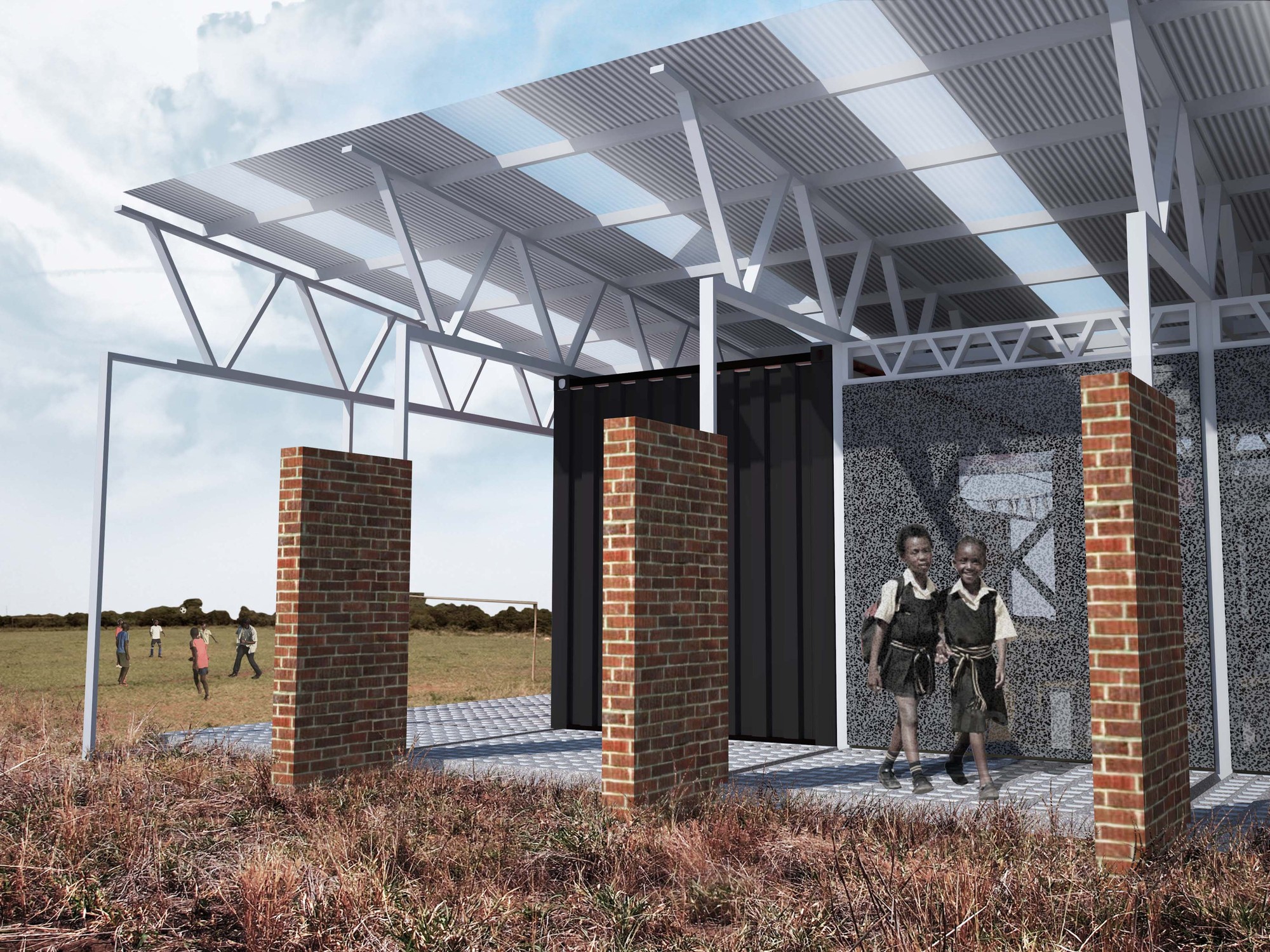
In recent years, crowdfunding websites have taken the world by storm. Sites like Kickstarter have been used to fund books, films, products, and even been used to fund architecture projects, with success for projects like +Pool in New York and the Luchtsingel in Rotterdam. However, one drawback which prevents such 'kickstarter urbanism' from taking off more is the way the platform constrains the design of the projects: in both instances, construction elements are offered as rewards for the backers, who get to mark their contribution by having their name inscribed on the project itself. In response to this, other crowdfunding sites specifically tailored for designers have used different models for raising money. Spacehive works by leveraging the interest of local people in an urban project, doing away with the rewards system in favor of the implicit reward of improved public space.
But now, a new site called "Make Architecture Happen" is attempting to bridge the gap, providing a way to draw funds from a worldwide audience without compromising on design freedom. Read more about the site, and see some of our favorite projects from its launch, after the break.

Projects featured on Make architecture happen can offer rewards like on Kickstarter, but this is optional. Many of them rely on their humanitarian nature to attract charitable donations.
Community Church in Zandspruit

This church is designed for the community of Zandspruit, a recently-formed but rapidly growing informal settlement in Johannesburg where the congregation currently meets in a tent. This project makes use of the rewards system on Make Architecture Happen by offering items such as thank you notes from the community of Zandspruit.
The Legson Kayira Community Center and Primary School

This project for a community in Malawi provides a combined community center and primary school, with the central courtyard offering a space for community gatherings and events.

In the Mattapan neigborhood of Boston, the government has funded a proposal to turn Woolson Street into an urban garden. However, the community sees an opportunity to turn the project into so much more, offering gathering and play spaces, and has turned to Make Architecture Happen to leverage the funds required.
Bayet Al Suhaimy Sustainable Egyptian House

Though prototypes for environmentally sustainable houses are now relatively commonplace, this design is rare in that it attempts to balance eco-friendly design and contemporary living aspirations with a more culturally specific understanding of the Egyptian home.

